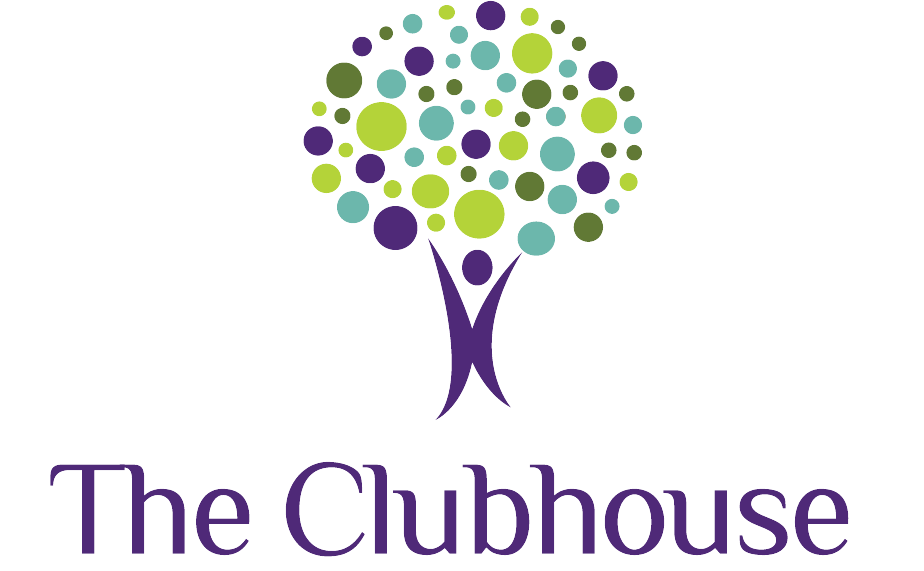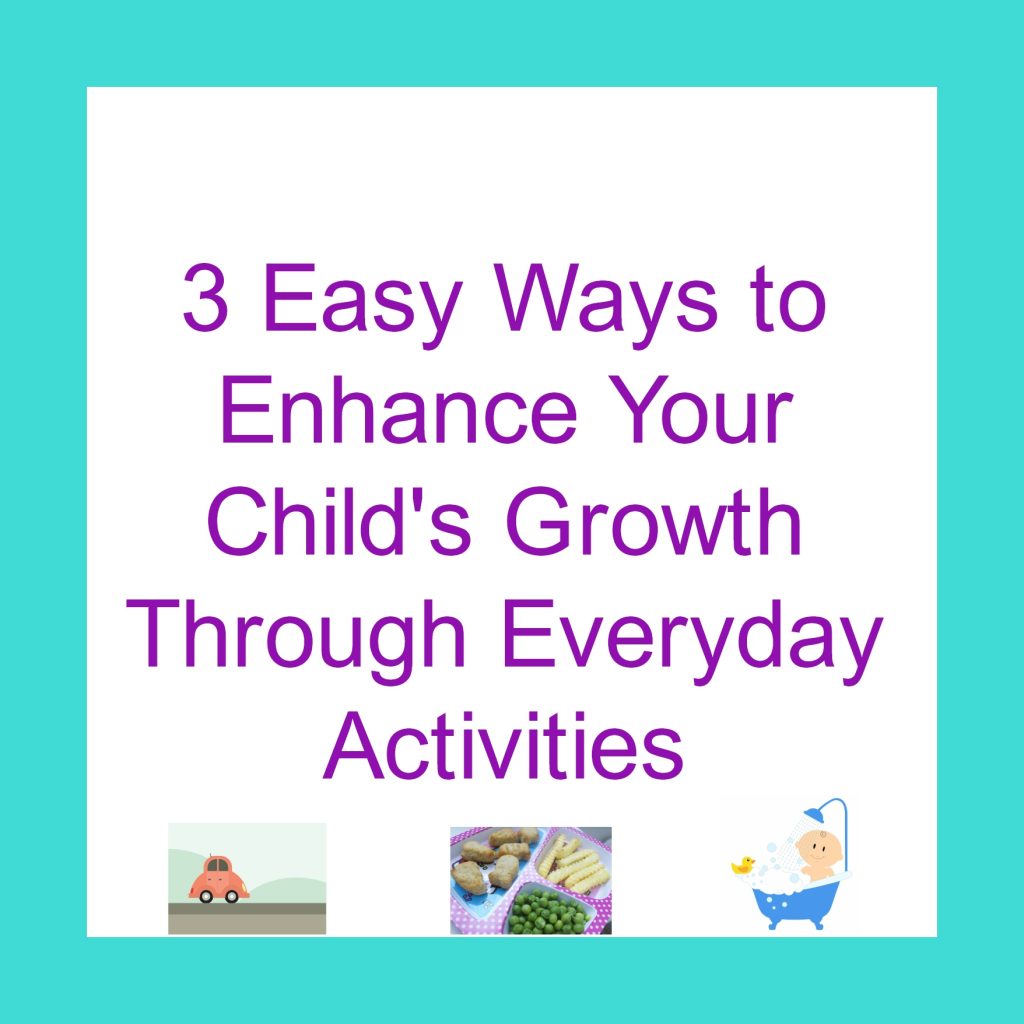By Carrie Bartholomew, M.S., CF-SLP
A new school year means lots of changes and jam packed schedules for you and your child. The good news is that you don’t have to find extra time to “work on speech/language”. Here are tips to enhance your child’s growth during everyday activities in 3 different daily activities. No materials or extra time required!
Mealtime
- Vocabulary: Introduce new food or drinks to your child. For example, quinoa or couscous instead of rice, tangerine instead of an orange, or turkey instead of chicken. Incorporate the names of new food into the meal several times by asking a question or making a comment about the food. For example, “Do you try the turkey yet?”, or “This tangerine is so yummy!” You can also increase your child’s vocabulary by describing the food. Your child may know the word ‘cheese’, but you can introduce them to cheddar cheese, string cheese, Swiss cheese, shredded cheese, etc. Talk about flavors and textures with your child. Try multiple kinds of peanut butter- one chunky and one smooth. Expand their vocabulary from ‘ice cream’ to ‘chocolate ice cream’.
- Following directions: Have your child help make a meal or snack. Simple directions include: wash your hands, pour it in, open the refrigerator, stir, get the bowl, clean up, etc. You can also increase the difficulty of directions by making them into multiple steps: find the measuring cups and bring them over, mix it up then put it away, wash your hand then get the milk, etc. You can also have your child follow directions at mealtime by telling them to: eat your peas, find the fork, give that to me, wipe your face, drink your juice, etc. These directions can increase in complexity by making them two step directions: eat your potatoes then sip your milk, take a bite of eggs then a bite of muffin, finish your hamburger then clean your plate.
- Choice Making: Each meal can be full of choices. Depending on your child’s language, they can make a choice by pointing, signing, looking at, attempting to verbalize, requesting with word, or requesting using a sentence. Some simple choices that your child can make during mealtime include: big or small plate, fork or spoon, sit at the counter or at the table, eating food hot or cold, sippy cup or straw, cereal or pancakes, ketchup or mustard, napkin or paper towel, all done or more etc.
Bath Time
- Vocabulary: Whether you bring toys into the tub, participate in pretend play, or simply use soap and water there are lots of opportunity for more vocabulary. Toys can be dunked, rinsed, washed, underwater, shampooed, turned over, etc. You can play in the tub without using any toys by pretending to be a pirate, a dolphin, a mermaid, going through a carwash, at the beach, etc. Use vocabulary associated with whatever pretend play your child uses. Describe your bath time materials and tell your child what to do with it: purple shampoo, Spiderman soap, tall bottle, scrub your head, wipe your face, dip your arm, soak your feet.
- Following directions: Get ready for bath time by telling your child simple directions: turn on the light, pour in soap, take off your shirt, find your towel, pick a toy, touch the water, etc. In the bath you can include directions that include toys, or just washing themselves: make the duck swim, splash the water, make waves, wash your belly, put shampoo on your head, get the washcloth. You can combine steps to make these directions more complex.
- Choice Making: Your child can start to make choices before he or she is even in the tub. Choices can include: white or purple towel, tub full or shallow, warm or hot, bubbles or no bubbles, green or blue bottle, etc. While in the bathtub your child can choose between toys, types of soap to use, more time or all done, splashing or making waves, etc. Continue the choices when your child in getting out of the tub too: dry off by yourself or with help, footie or fuzzy pajamas, mint or bubblegum toothpaste, story or music, etc.
In the Car
- Vocabulary: Point out different landmarks, streets, highways, buildings, restaurants, settings, or type of cars that you see while driving. You always see something new while driving and there are always opportunity to describe something that your child has seen before. For example, that’s a stop sign, look at the garbage truck, we are in a cul-de-sac, that’s a police car, watch the stoplight, I saw McDonalds, we are in traffic. While stopped at a light or in traffic point out things together so that you and your child are looking at the same thing.
- Following directions: Before you get in the car there are plenty of opportunities for giving you child directions: find your backpack, put on your shoes, get your water bottle, pick a book, etc. You can give your child more directions while in the car: get in your car seat, pick a seat, buckle your seatbelt, pick up your toys, hand me the water, point to the stop sign, etc. Increase the difficulty of the directions by putting multiple directions together.
- Choice Making: Before you get in the car have your child make several choices: flip flops or gym shoes, Cat In The Hat or No David, mittens or gloves, etc Your child can continue to make choices in the car: front or back seat, music on or off, windows open or close, go straight or turn, music louder or softer, CD or radio, etc.
Do you have a child that might be struggling with some of their speech and language skills? If so, contact us today for complimentary screening!


